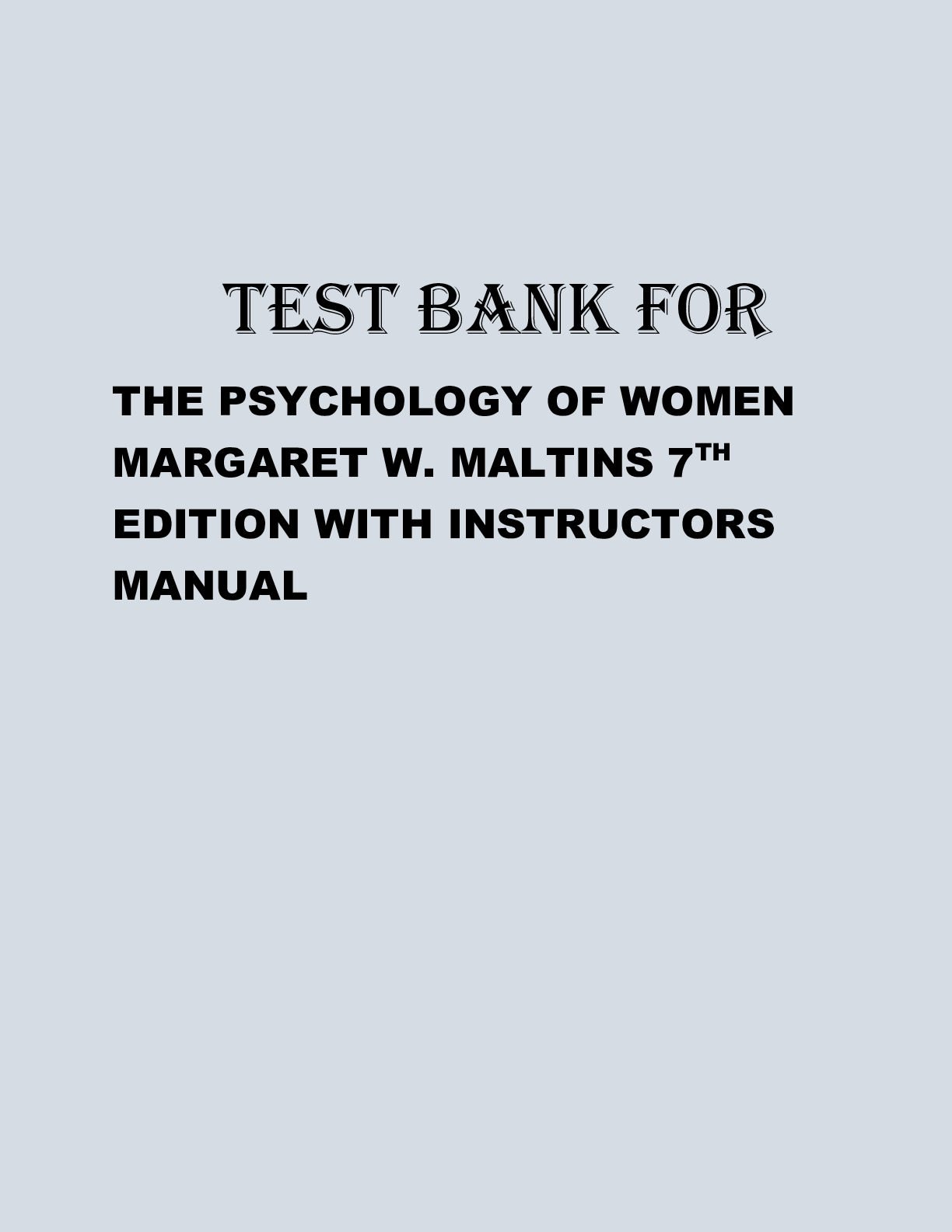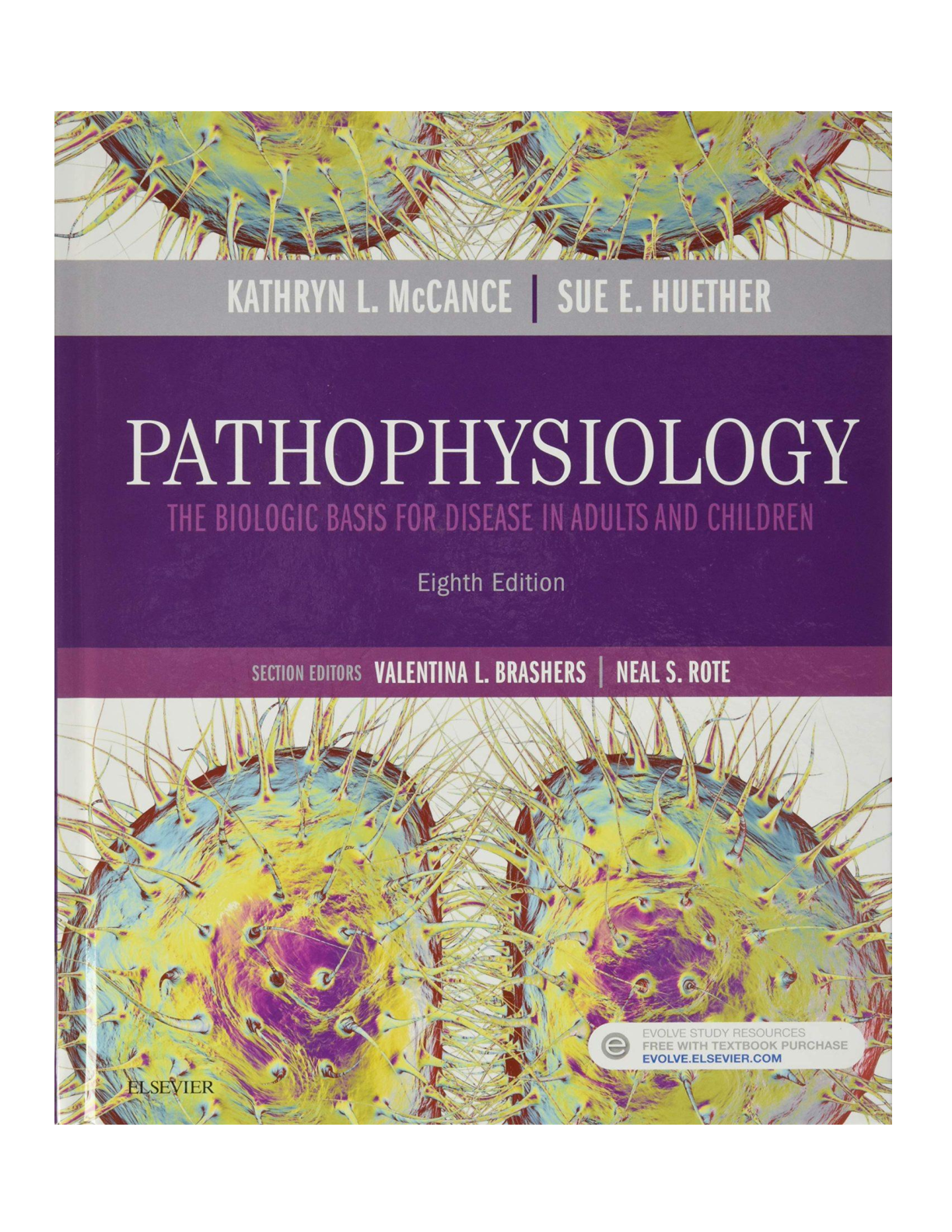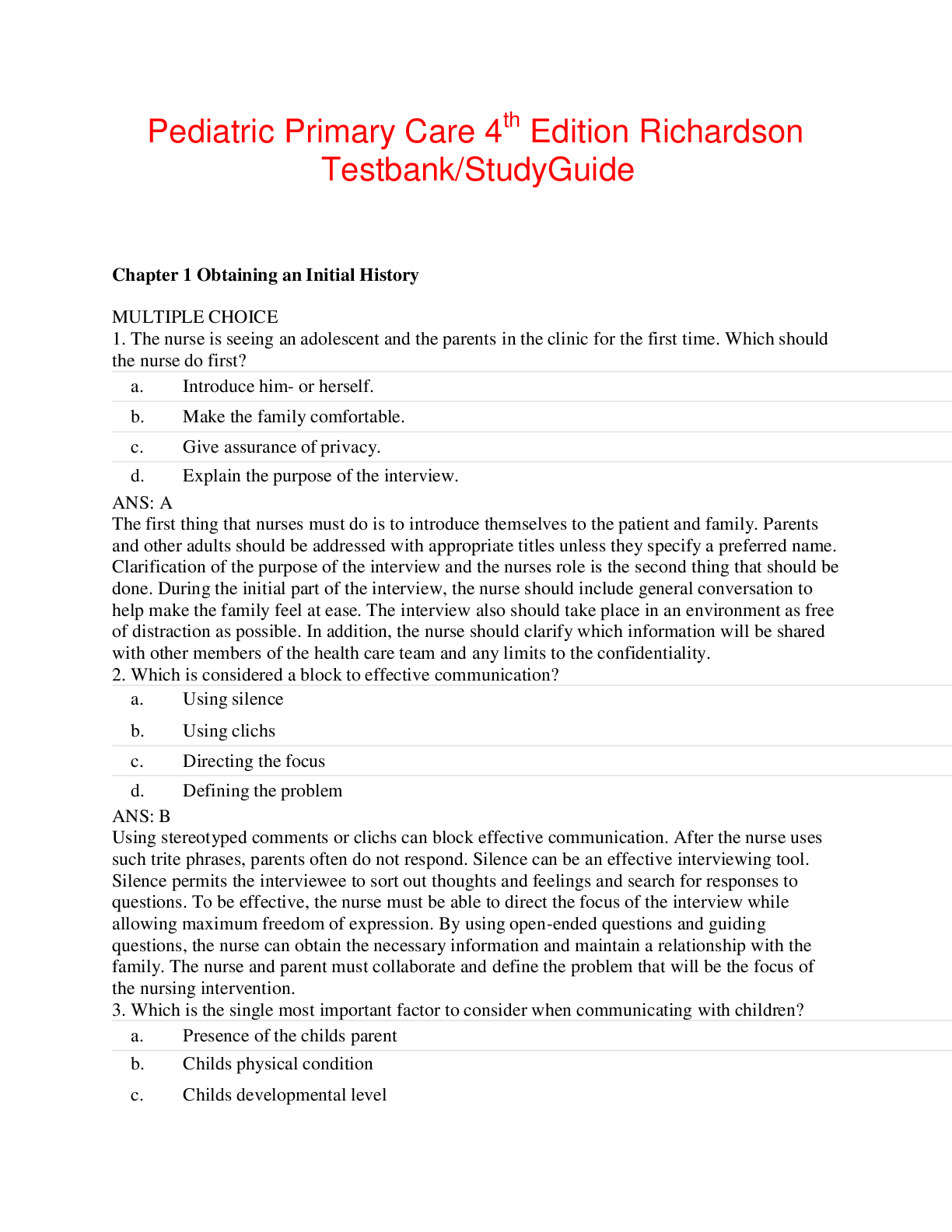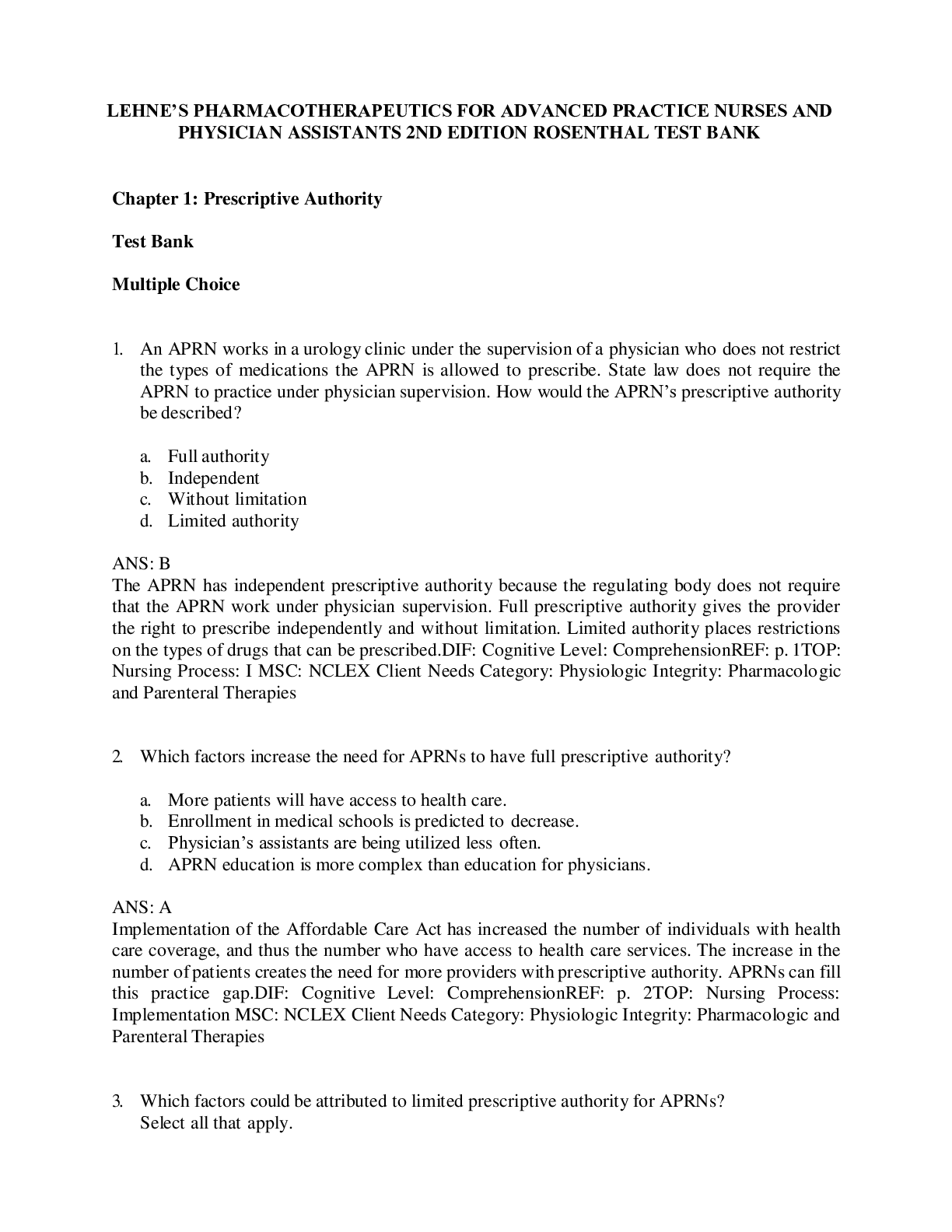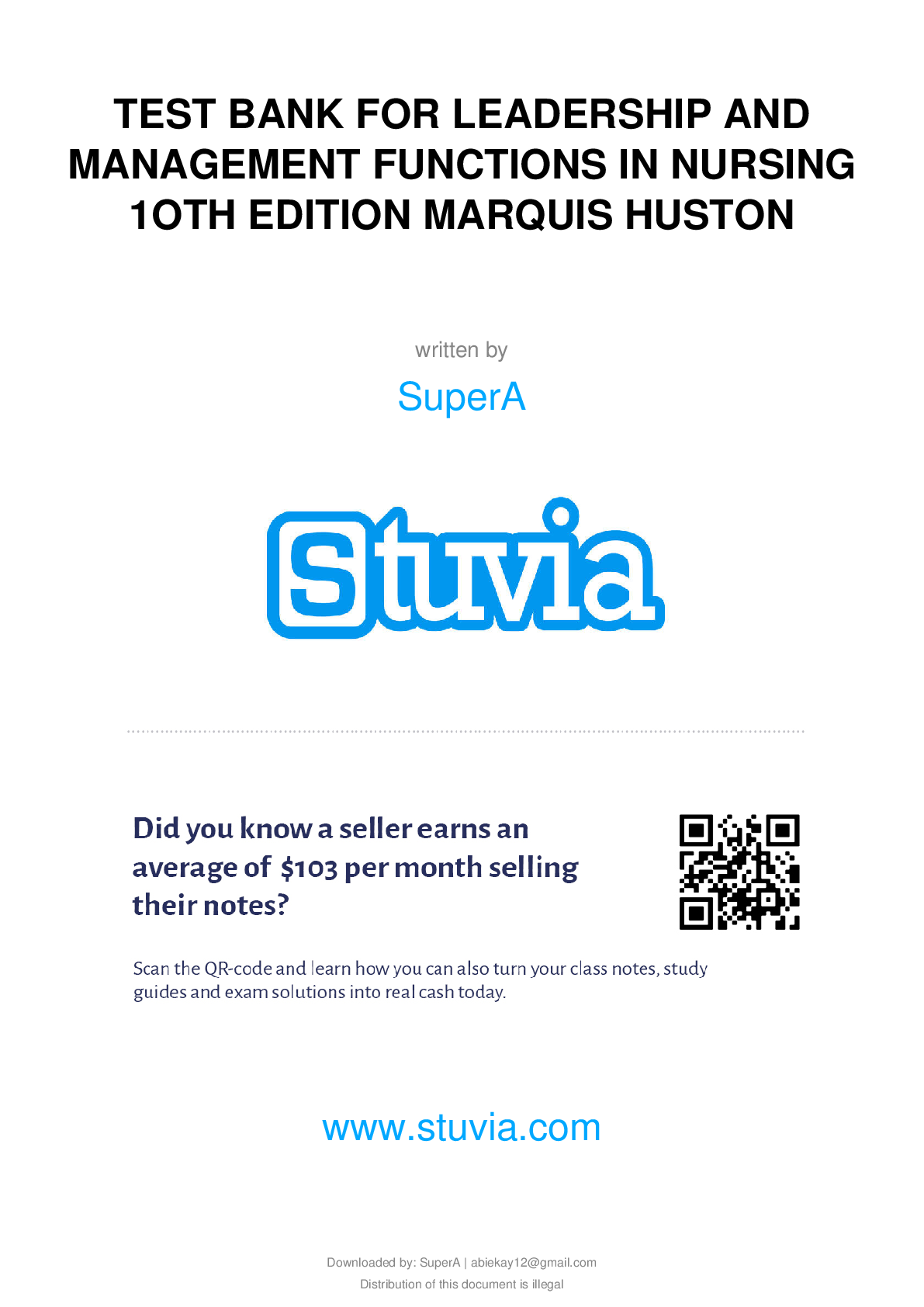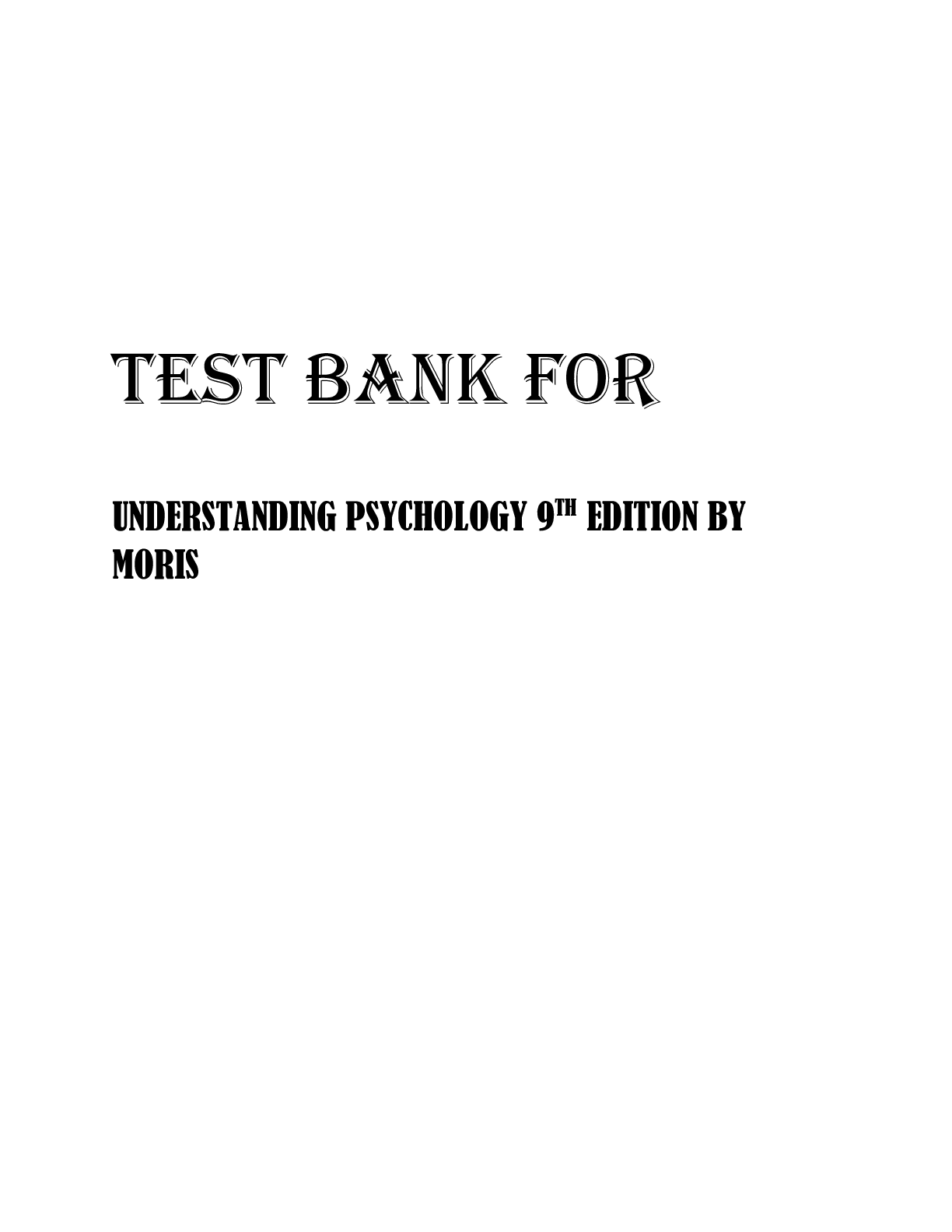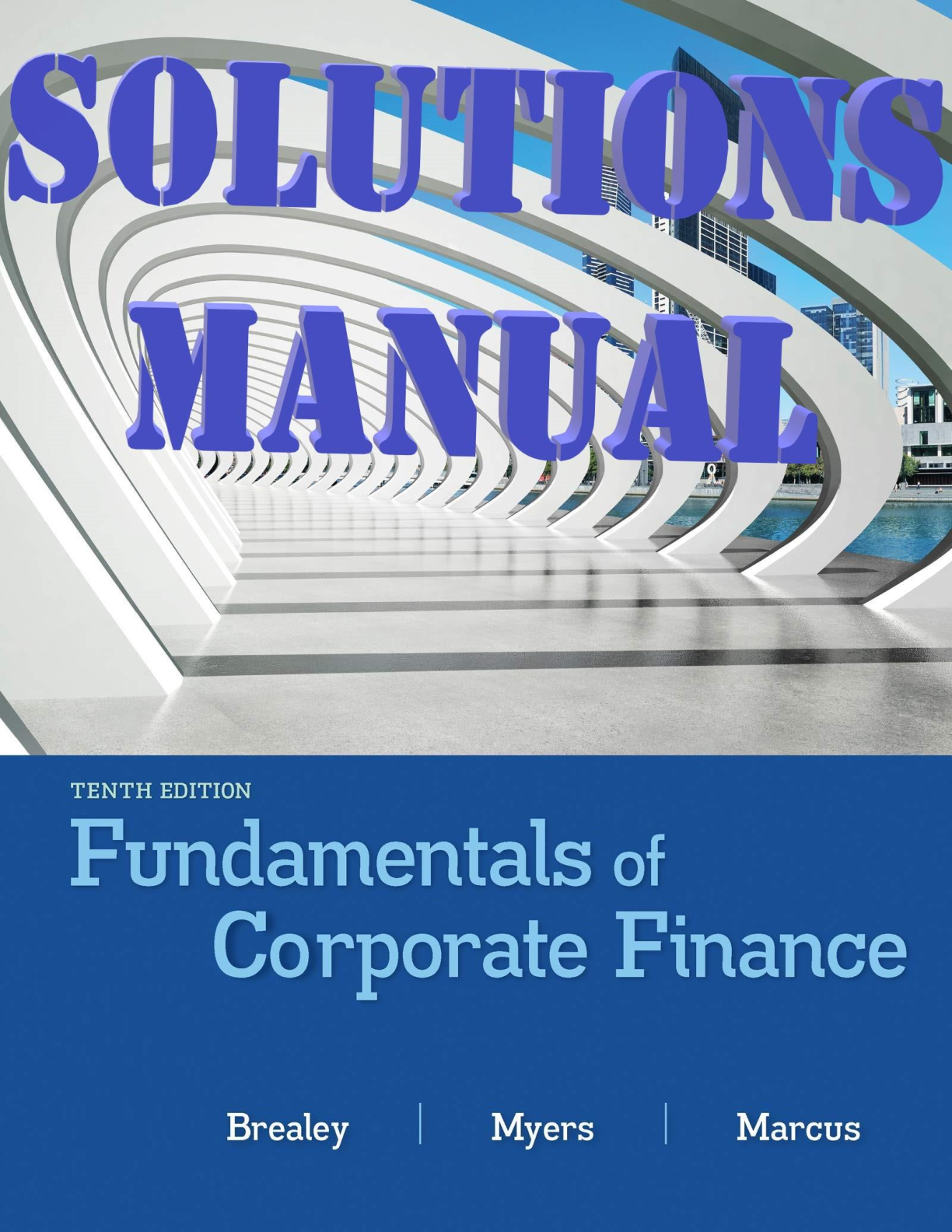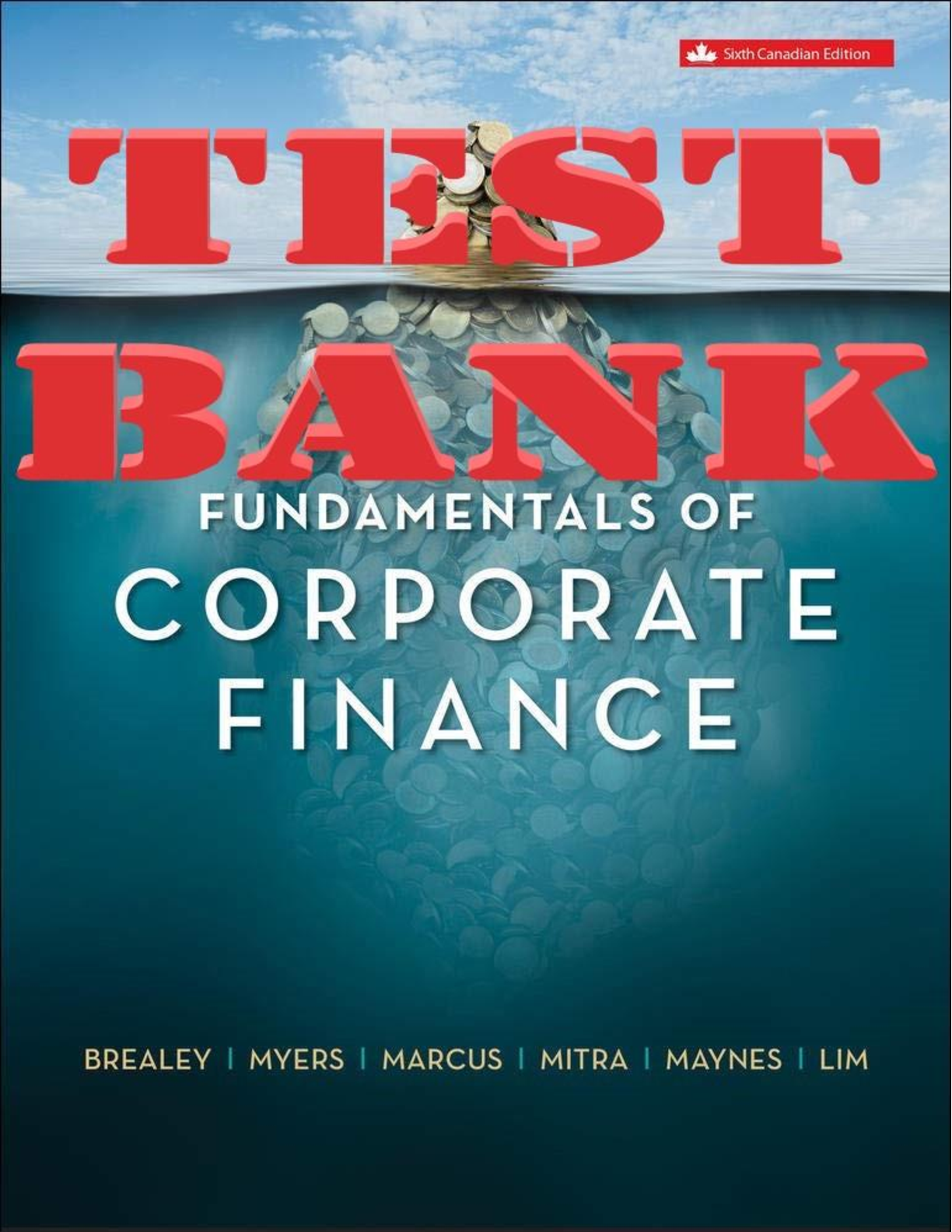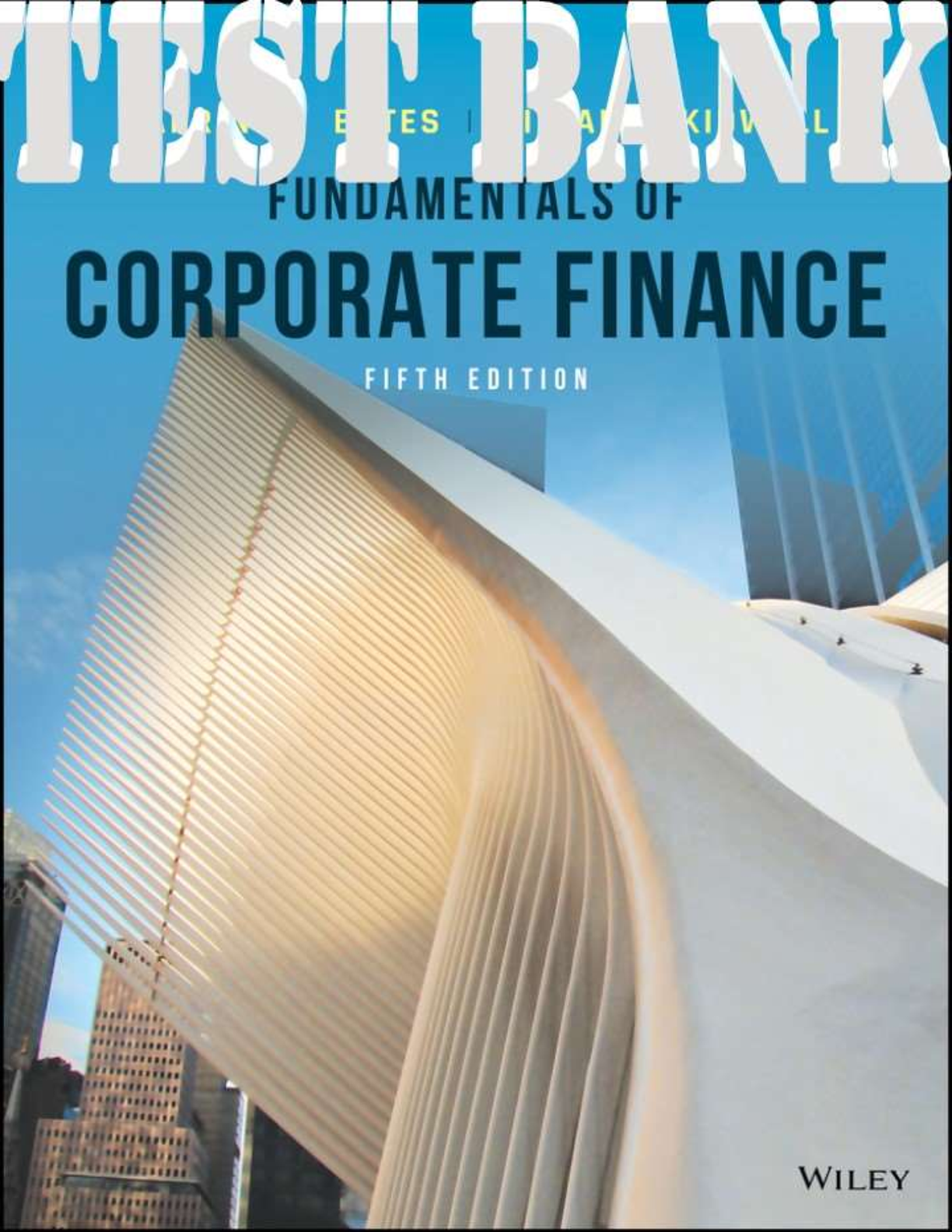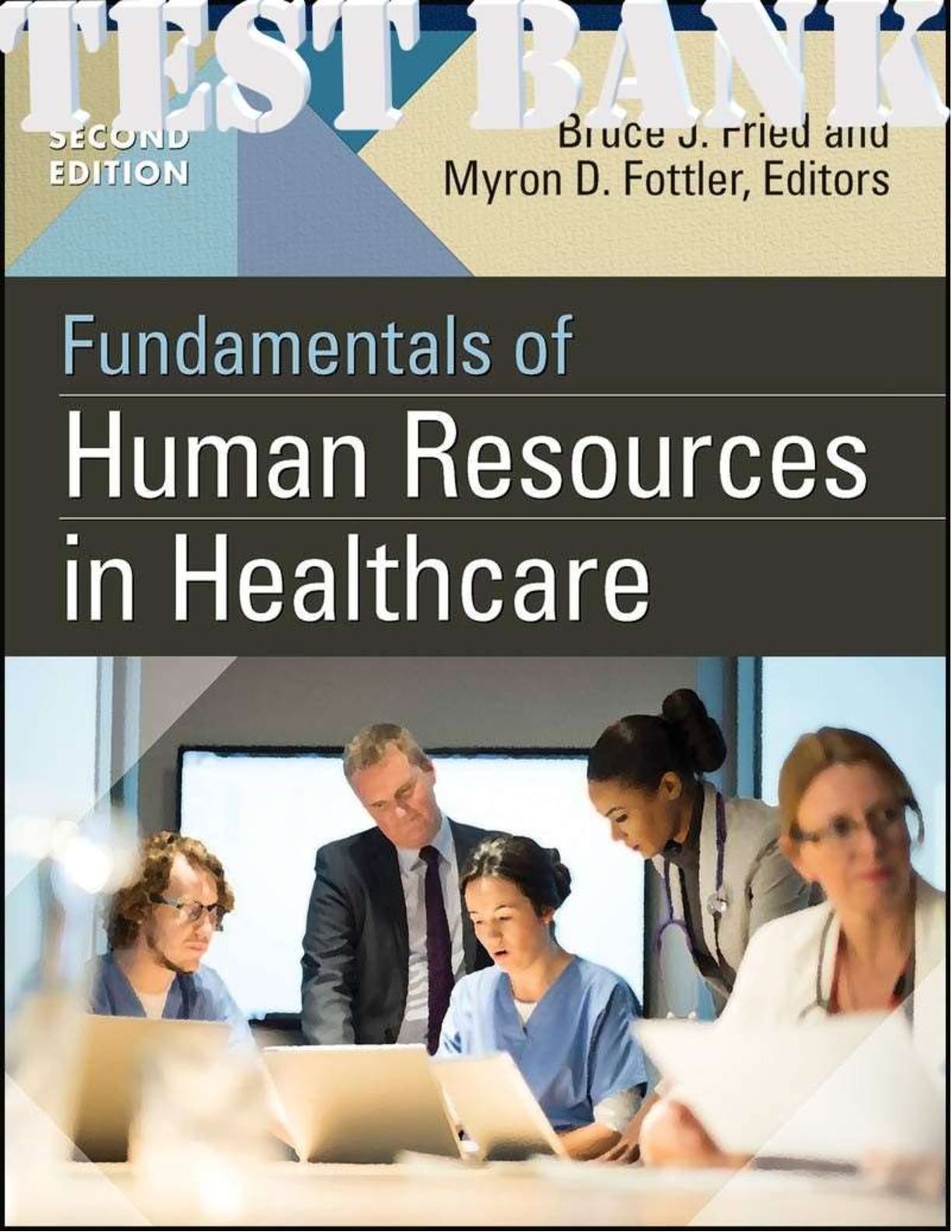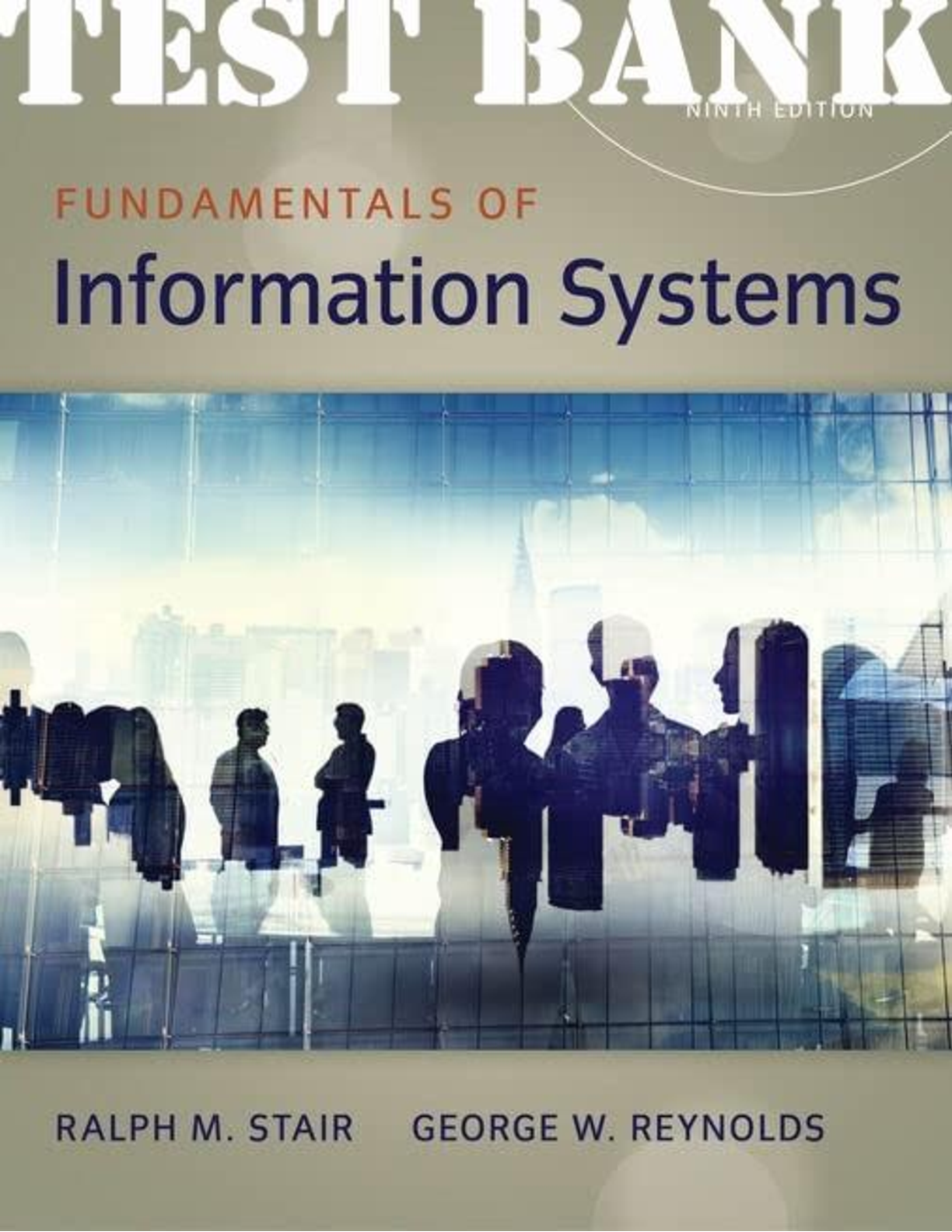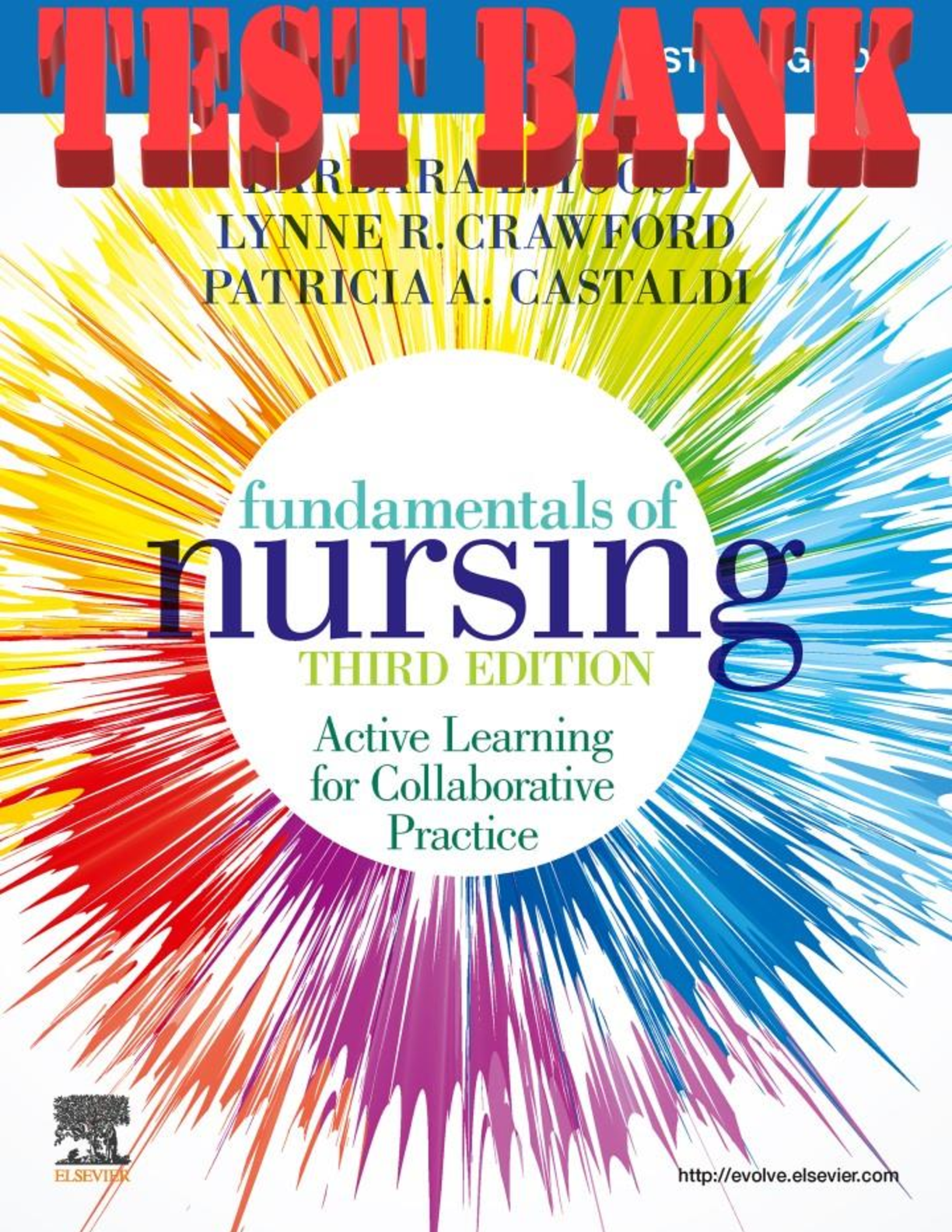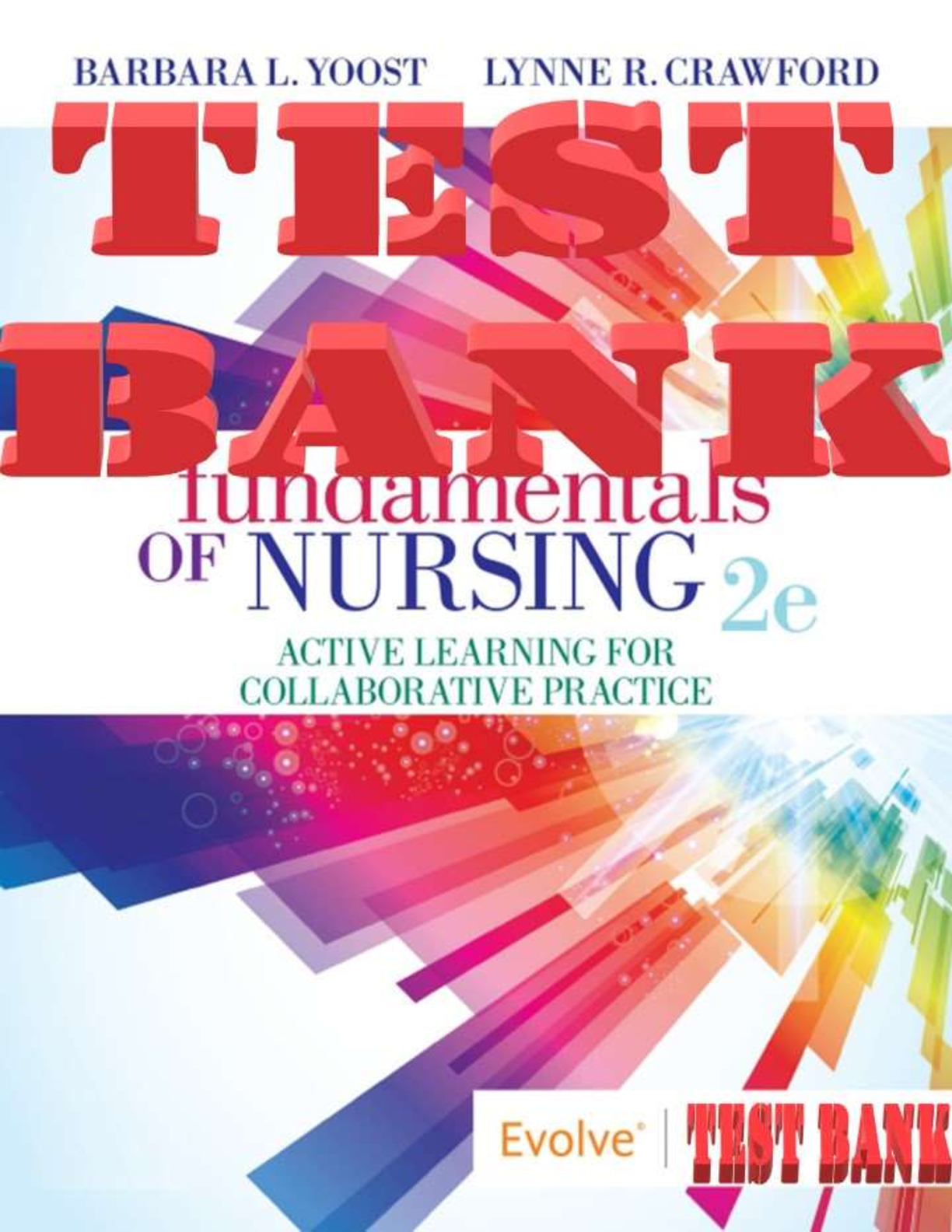TEST BANK FOR FUNDAMENTALS OF NURSING 2ND EDITION BY YOOST
Document Content and Description Below
Chapter 10: Documentation, Electronic Health Records, and Reporting Yoost & Crawford: Fundamentals of Nursing: Active Learning for Collaborative Practice, 2nd Edition MULTIPLE CHOICE 1. The nurse ... understands the need for accurate documentation due to which fact? a. Accurate documentation is needed for proper reimbursement. b. Accurate documentation must be electronically generated. c. Accurate documentation does not include e-mails or faxes. d. Accurate documentation is only accepted in court if written by hand. ANS: A Accurate documentation is necessary for hospitals to be reimbursed according to diagnosticrelated groups (DRGs). DRGs are a system used to classify hospital admissions. Health care documentation is any written or electronically generated information about a patient that describes the patient, the patient’s health, and the care and services provided, including the dates of care. These records may be paper or electronic documents, such as electronic medical records, faxes, e-mails, audiotapes, videotapes, and images. All such records are considered legal documentation and may be used in court. DIF: Remembering OBJ: 10.1 TOP: Assessment MSC: NCLEX Client Needs Category: Safe and Effective Care Environment: Management of Care NOT: Concepts: Communication 2. The nurse identifies which statement to be true regarding nursing documentation? a. Standards for documentation are established by a national commission. b. Medical records should be accessible to everyone. c. Documentation should not include the patient’s diagnosis. d. High-quality nursing documentation reflects the nursing process. ANS: D The ANA’s model for high-quality nursing documentation reflects the nursing process and includes accessibility, accuracy, relevance, auditability, thoughtfulness, timeliness, and retrievability. Standards for documentation are established by each health care organization’s policies and procedures. They should be in agreement with The Joint Commission’s standards and elements of performance, including having a medical record for each patient that is accessed only by authorized personnel. General principles of medical record documentation from the Centers for Medicare and Medicaid Services (2017) include the need for completeness and legibility; the reasons for each patient encounter, including assessments and diagnosis; and the plan of care, the patient’s progress, and any changes in diagnosis and treatment. DIF: Understanding OBJ: 10.1 TOP: Assessment MSC: NCLEX Client Needs Category: Safe and Effective Care Environment: Management of Care NOT: Concepts: Communication 3. The nurse identifies which true statement regarding the medical record? a. It serves as a major communication tool but is not a legal document. b. It cannot be used to assess quality of care issues. c. It is not used to determine reimbursement claims. d. It can be used as a tool for biomedical research and provide education. ANS: D The medical record promotes continuity of care and ensures that patients receive appropriate health care services. The record can be used to assess quality-of-care measures, determine the medical necessity of health care services, support reimbursement claims, and protect health care providers, patients, and others in legal matters. It is a clinical data archive. The medical record serves as a tool for biomedical research and provider education, collection of statistical data for government and other agencies, maintenance of compliance with external regulatory bodies, and establishment of policies and regulations for standards of care. The record serves as the major communication tool between staff members and as a single data access point for everyone involved in the patient’s care. It is a legal document that must meet guidelines for completeness, accuracy, timeliness, accessibility, and authenticity. The record can be used to assess quality-of-care measures, determine the medical necessity of health care services, support reimbursement claims, and protect health care providers, patients, and others in legal matters. DIF: Understanding OBJ: 10.2 TOP: Assessment MSC: NCLEX Client Needs Category: Safe and Effective Care Environment: Management of Care NOT: Concepts: Communication 4. The nurse knows that paper records are being replaced by other forms of record keeping for what reason? a. Paper is fragile and susceptible to damage. b. Paper records are always available to multiple people at a time. c. Paper records can be stored without difficulty and are easily retrievable. d. Paper records are permanent and last indefinitely. ANS: A Paper records have several potential problems. Paper is fragile, susceptible to damage, and can degrade over time. It may be difficult to locate a particular chart because it is being used by someone else, it is in a different department, or it is misfiled. Storage and control of paper records can be a major problem. DIF: Evaluating OBJ: 10.2 TOP: Assessment MSC: NCLEX Client Needs Category: Safe and Effective Care Environment: Management of Care NOT: Concepts: Communication 5. When the nurse is charting in the paper medical record, what action does the nurse carry out? a. Print his/her name since signatures are often not readable. b. Omit nursing credentials since only the nurses chart c. Skip a line between entries so that it looks neat. d. Use black ink unless the facility allows a different color. ANS: D Entries into paper medical records are traditionally made with black ink to enable copying or scanning, unless a facility requires or allows a different color. The date, time, and signature, with credentials of the person writing the entry, are included in the entry. No blank spaces are left between entries because they could allow someone to add a note out of sequence. DIF: Remembering OBJ: 10.3 TOP: Implementation MSC: NCLEX Client Needs Category: Safe and Effective Care Environment: Management of Care NOT: Concepts: Communication 6. The nurse is admitting a patient who has had several previous admissions. To obtain a knowledge base about the patient’s medical history, the nurse would access which document? a. Electronic medical record (EMR) b. The computerized provider order entry (CPOE) c. Electronic health record (EHR) d. Primary provider’s office notes ANS: C The EHR is a longitudinal record of health that includes the information from inpatient and outpatient episodes of health care from one or more care settings. The EMR is a record of one episode of care, such as an inpatient stay or an outpatient appointment. CPOE allows clinicians to enter orders in a computer that are sent directly to the appropriate department. It does not provide historical data. The primary provider’s office notes may not include all the patient’s information if the patient has other providers. DIF: Applying OBJ: 10.2 TOP: Implementation MSC: NCLEX Client Needs Category: Safe and Effective Care Environment: Management of Care NOT: Concepts: Communication 7. The nurse understands which statement about the use of electronic health records is true? a. They improve patient health status. b. They require a keyboard to enter data. c. They have not reduced medication errors. d. They require increased storage space. ANS: A Adoption of an EHR system produces major cost savings through gains in productivity and error reduction, which ultimately improves patient health status. The most common benefits of electronic records are increased delivery of guideline-based care, better monitoring, reduced medication errors, and decreased use of care. Use of EHRs can reduce storage space, allow simultaneous access by multiple users, facilitate easy duplication for sharing or backup, and increase portability in environments using wireless systems and hand-held devices. Although data are often entered by keyboard, they can also be entered by means of dictated voice recordings, light pens, or handwriting and pattern recognition systems. DIF: Remembering OBJ: 10.2 TOP: Assessment MSC: NCLEX Client Needs Category: Safe and Effective Care Environment: Management of Care NOT: Concepts: Communication 8. The nurse is caring for patients on a unit that uses electronic health records (EHRs). What action by the nurse protects personal health information? a. The nurse should allow only nurses that he/she knows and trusts to use his/her verification code. b. The nurse should not worry about mistakes since the information cannot be tracked. c. The nurse should never share any password with anyone. d. The nurse should be aware that the EHR is sophisticated and immune to failure. ANS: C Access to an EHR is controlled through assignment of individual passwords and verification codes that identify people who have the right to enter the record. Passwords and verification codes should never be shared with anyone. Health care information systems have the ability to track who uses the system and which records are accessed. These organizational tools contribute to the protection of personal health information. Disadvantages of use of computers for documentation include computer and software failure and problems if there is a power outage. DIF: Applying OBJ: 10.4 TOP: Implementation MSC: NCLEX Client Needs Category: Safe and Effective Care Environment: Management of Care NOT: Concepts: Communication 9. The nurse recognizes which statement to be accurate regarding what should be documented? a. Document facts and subjective data from the patient. b. Document how he/she feels about the care being provided. c. Document in a “block” fashion once per shift. d. Double document as often as possible in order to not miss anything. ANS: A Nursing documentation is an important part of effective communication among nurses and with other health care providers. Documentation should be factual and nonjudgmental, with proper spelling and grammar. Subjective data from the patient should be included. Events should be reported in the order they happened, and documentation should occur as soon as possible after assessment, interventions, condition changes, or evaluation. Each entry includes the date, time, and signature with credentials of the person documenting. Double documentation of data should be avoided because legal issues can arise as a result of conflicting data. DIF: Remembering OBJ: 10.3 TOP: Assessment MSC: NCLEX Client Needs Category: Safe and Effective Care Environment: Management of Care NOT: Concepts: Communication 10. The nurse recognizes that nursing documentation is guided by what process? a. The nursing process b. NANDA-I, nursing diagnoses c. Nursing interventions classification d. Nursing Outcomes Classification ANS: A Nursing documentation is guided by the five steps of the nursing process: assessment, diagnosis, planning, implementation, and evaluation. Standardized nursing terminologies such as the North American Nursing Diagnosis Association–International (NANDA-I) Nursing Diagnoses, nursing interventions classification (NIC), and Nursing Outcomes Classification (NOC) may be used in the documentation process. DIF: Remembering OBJ: 10.3 TOP: Assessment MSC: NCLEX Client Needs Category: Safe and Effective Care Environment: Management of Care NOT: Concepts: Communication [Show More]
Last updated: 1 year ago
Preview 1 out of 385 pages

Buy this document to get the full access instantly
Instant Download Access after purchase
Add to cartInstant download
We Accept:

Reviews( 0 )
$14.00
Document information
Connected school, study & course
About the document
Uploaded On
May 07, 2021
Number of pages
385
Written in
Additional information
This document has been written for:
Uploaded
May 07, 2021
Downloads
0
Views
99

